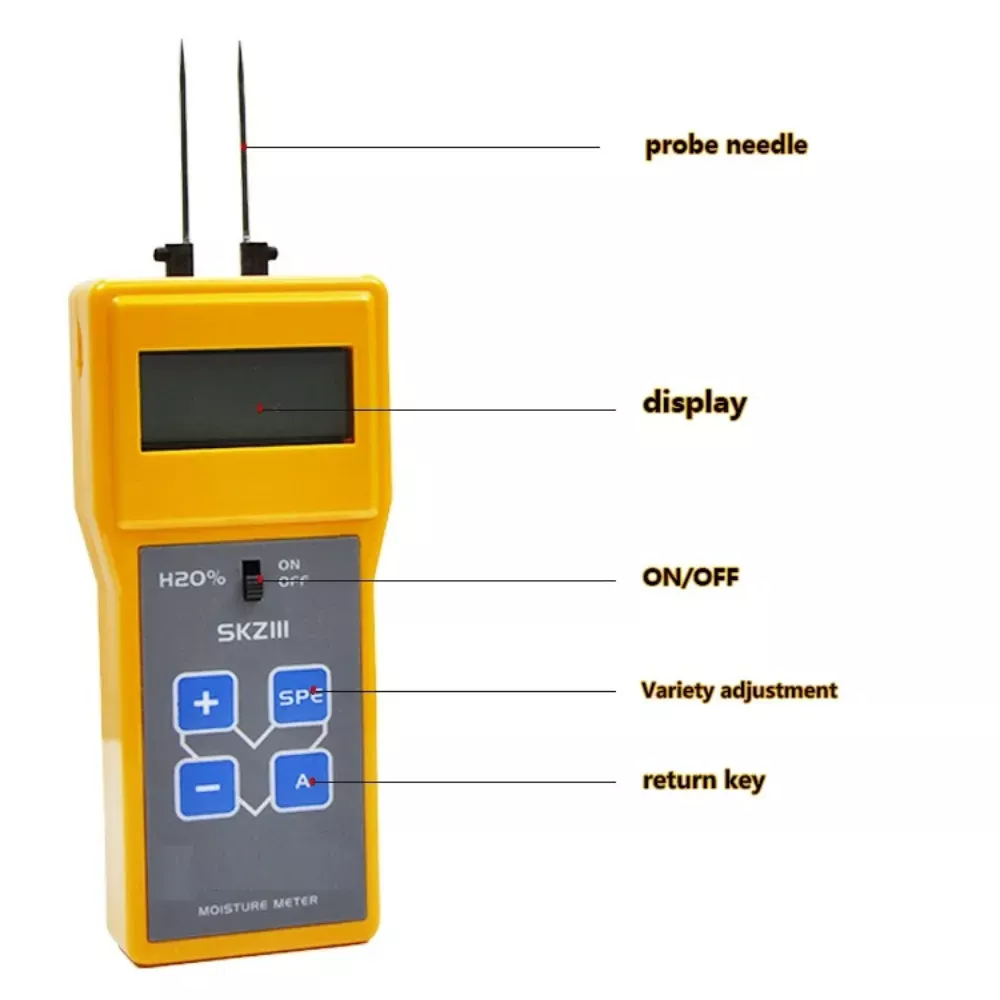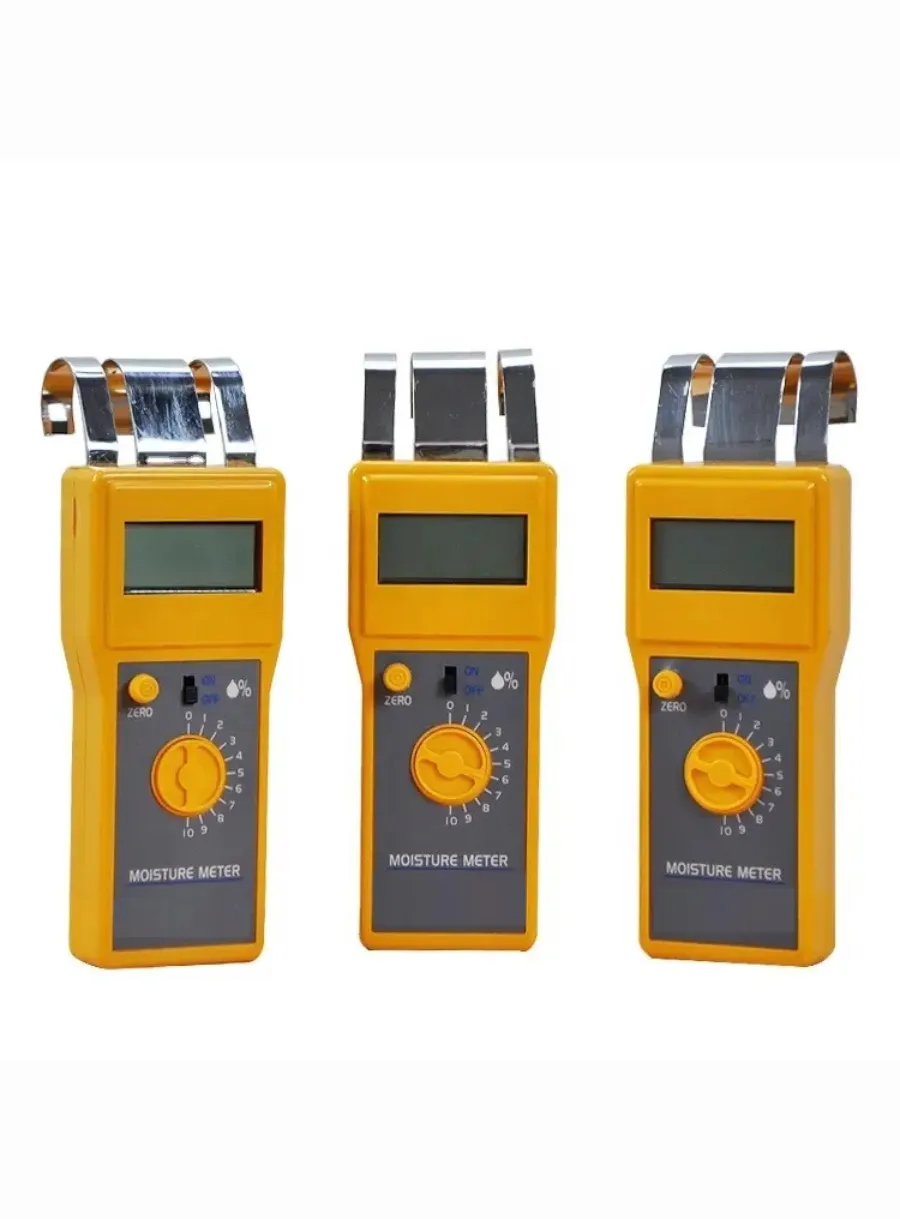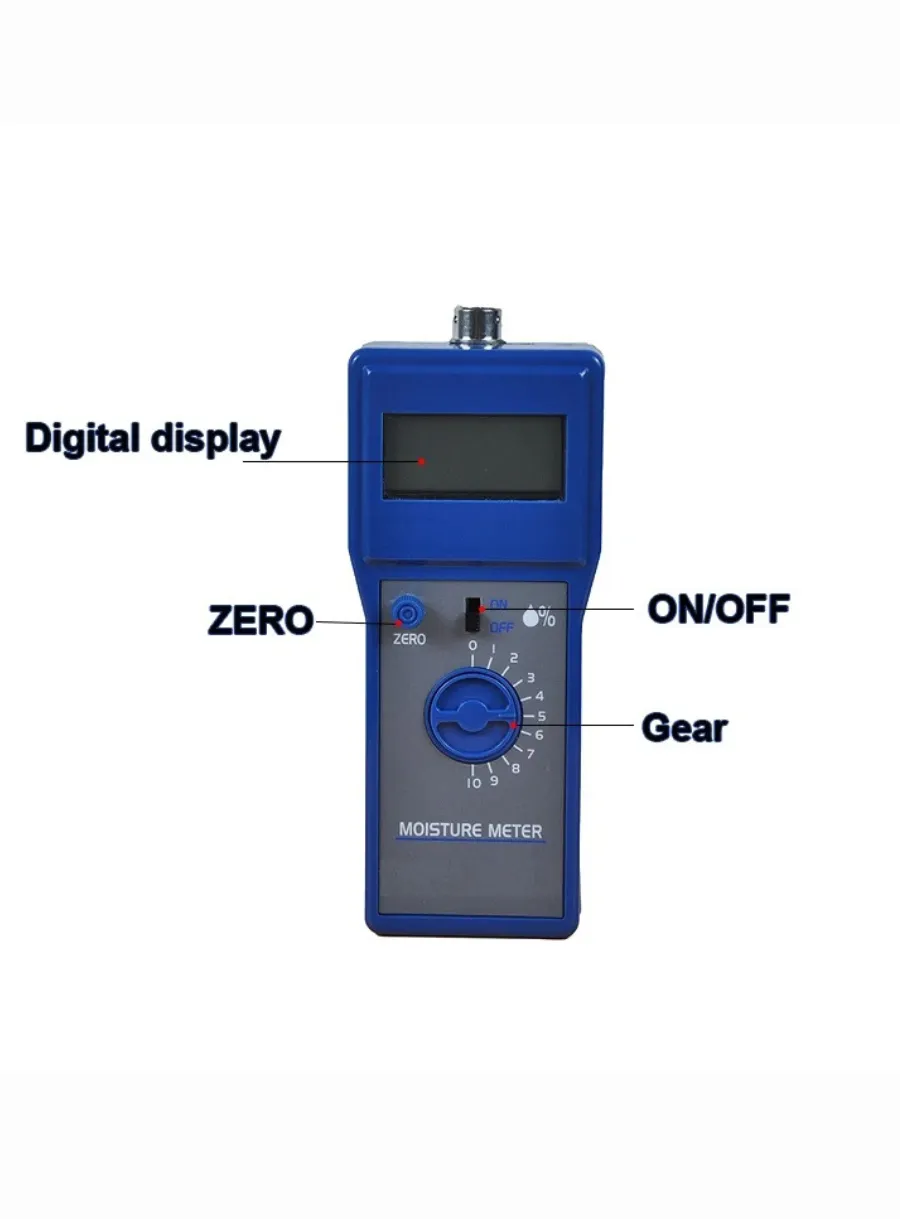
The Impact of Cotton Moisture on Textile Production
Table of Contents

In this article, we will explore the link between cotton moisture and storage conditions, and how cotton moisture meters can help maintain the quality of the fiber.
Cotton moisture meters play a crucial role in determining the moisture levels in cotton, ensuring that it is suitable for processing and meeting the desired quality standards.

Cotton moisture meters are essential tools for textile manufacturers, as they help in maintaining the quality and consistency of the final product. The moisture content of cotton can affect its strength, absorbency, and overall performance. Therefore, it is crucial to measure and control the moisture levels accurately to ensure that the cotton is suitable for the intended use.
There are several types of cotton moisture meters available in the market, including the capacitive, infrared, and microwave moisture meters. Each type has its advantages and disadvantages, and the choice of the meter depends on the specific requirements of the textile production process.
Capacitive moisture meters work by measuring the dielectric constant of the cotton, which is directly related to its moisture content. These meters are known for their accuracy and reliability, making them a popular choice among textile manufacturers. Infrared moisture meters, on the other hand, measure the moisture content by detecting the infrared radiation emitted by the cotton. These meters are non-contact and provide quick results, making them suitable for high-speed production lines. Microwave moisture meters, however, use the principle of microwave absorption to determine the moisture content. These meters are highly accurate and can measure moisture levels in a wide range of cotton samples.
The impact of cotton moisture on textile production can be both positive and negative. On one hand, cotton with the right moisture content is easier to process, resulting in higher productivity and reduced energy consumption. On the other hand, cotton with excessive moisture content can lead to problems such as increased shrinkage, reduced strength, and poor dye uptake. Conversely, cotton with low moisture content can be difficult to process and may result in a lower quality final product.
To ensure that the cotton is suitable for processing, textile manufacturers must regularly monitor and control the moisture content. This can be achieved by using cotton moisture meters to measure the moisture levels in the cotton bales before they are processed. By doing so, manufacturers can identify any issues with the cotton and take corrective action before the processing begins.
In addition to monitoring the moisture content of the raw cotton, textile manufacturers must also consider the moisture content of the finished products. High moisture content in the final product can lead to discomfort for the end-users, while low moisture content can result in a stiff and uncomfortable fabric. Therefore, it is essential to maintain the moisture content within the desired range to ensure that the final product meets the quality standards.
In conclusion, cotton moisture meters play a vital role in the textile production process by helping manufacturers maintain the moisture content of the raw cotton and the final product. By accurately measuring and controlling the moisture levels, textile manufacturers can ensure that the cotton is suitable for processing and meets the desired quality standards. This not only helps in maintaining the quality of the final product but also contributes to increased productivity and reduced energy consumption in the textile production process.
Comments
Tags
Frequently Asked Question
Cotton moisture content impacts processing ease, product quality, strength, absorbency, and overall performance. Proper moisture levels result in higher productivity and better quality, while incorrect levels can lead to various production issues.
The most common types are capacitive, infrared, and microwave moisture meters. Each type has its own advantages and is suitable for different production requirements.
Monitoring moisture in raw cotton ensures proper processing and quality control, while monitoring finished products helps maintain comfort and performance standards for end-users.
By ensuring optimal moisture levels, cotton moisture meters help manufacturers process cotton more efficiently, reducing energy consumption and improving overall productivity in the textile production process.

